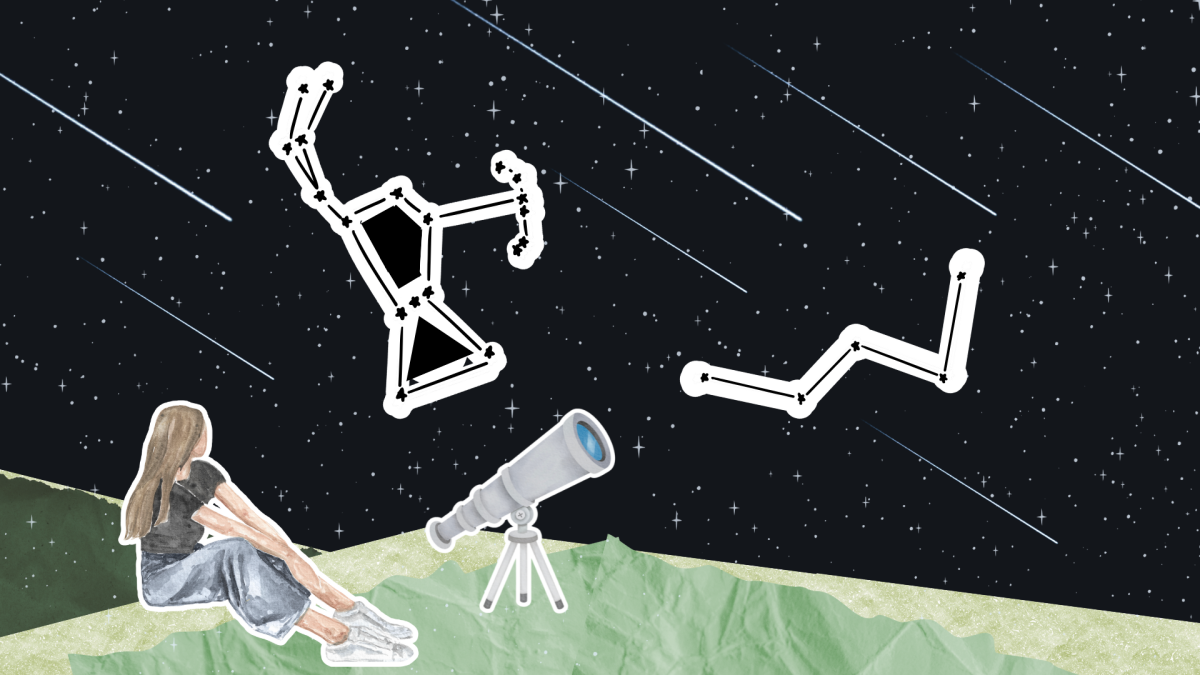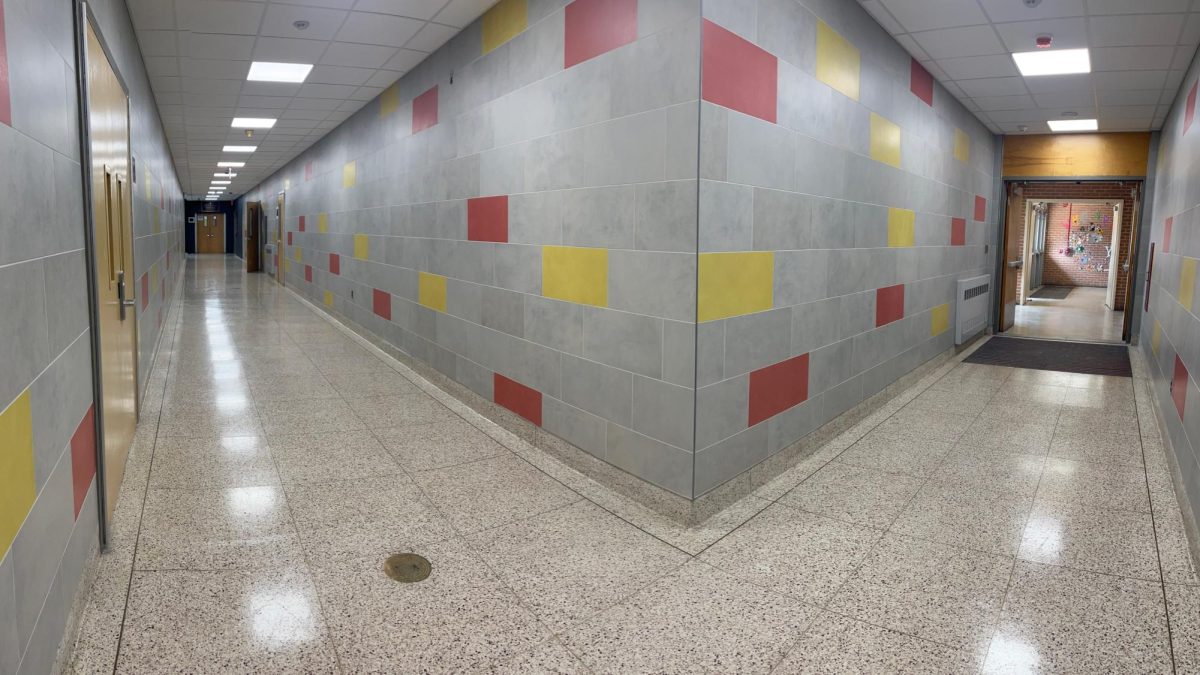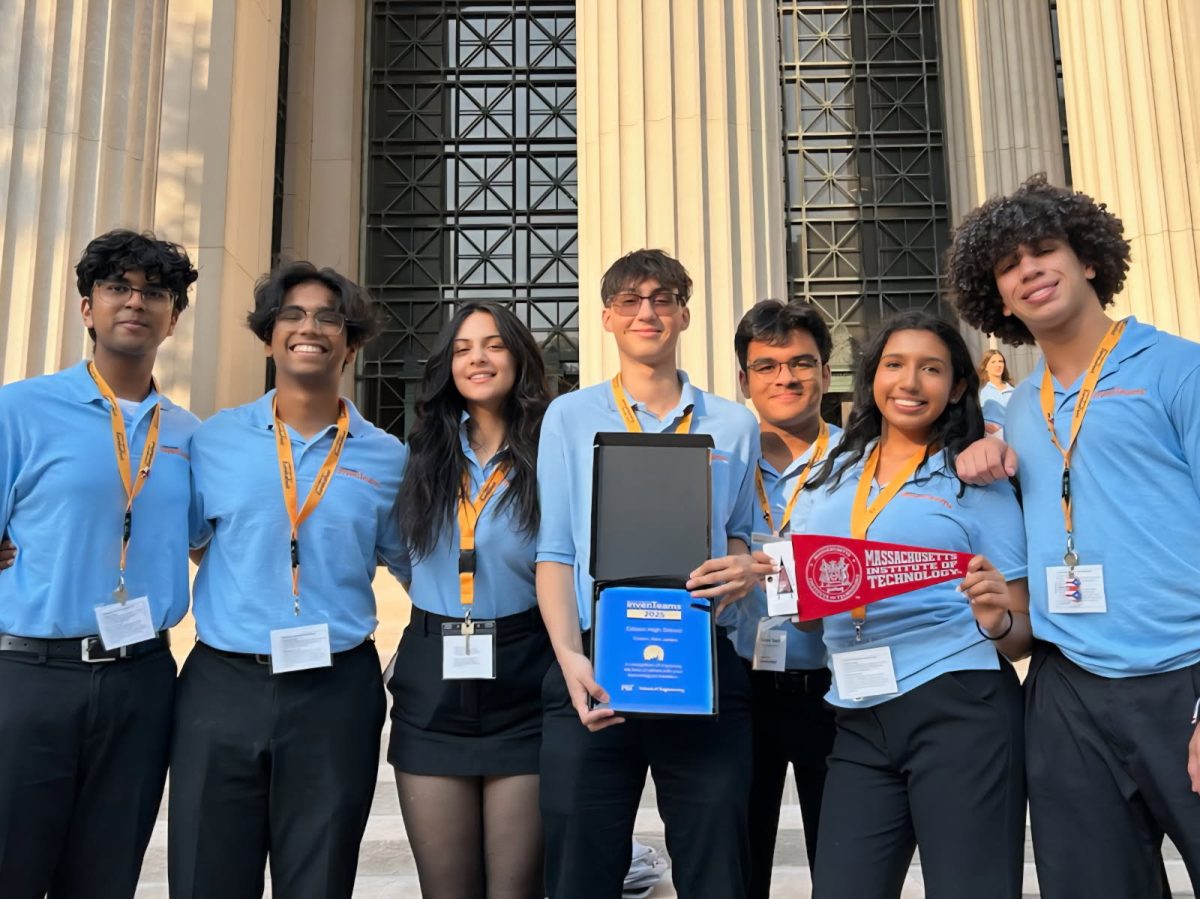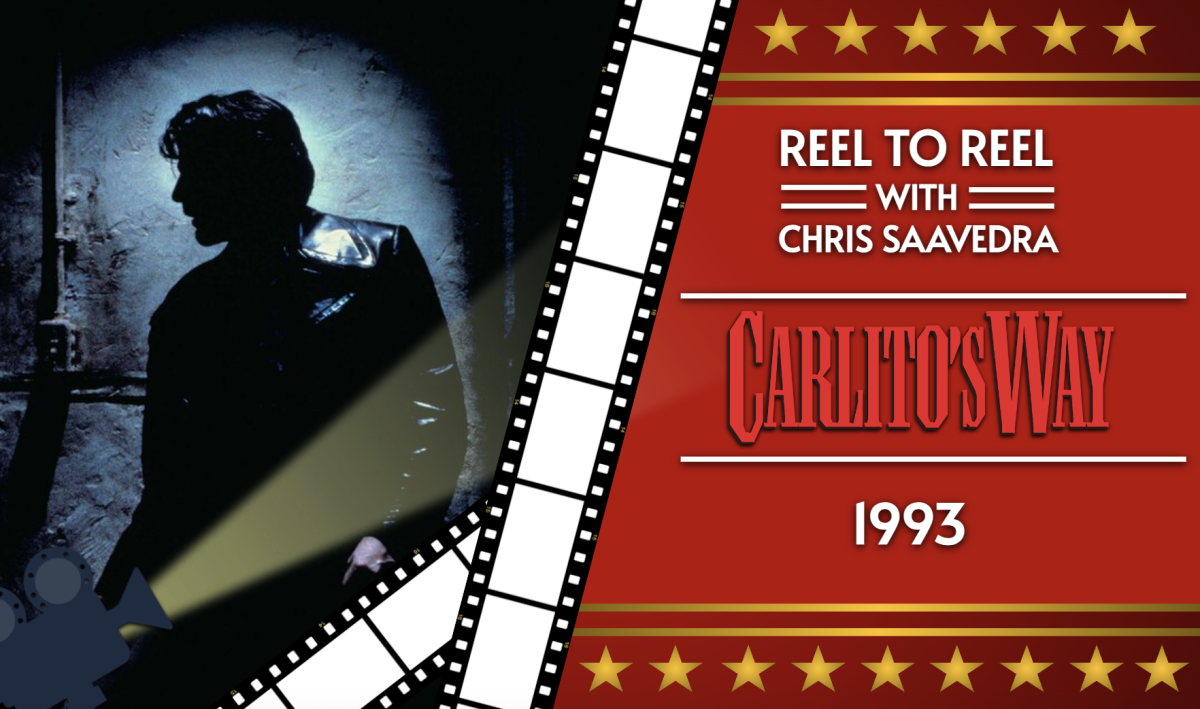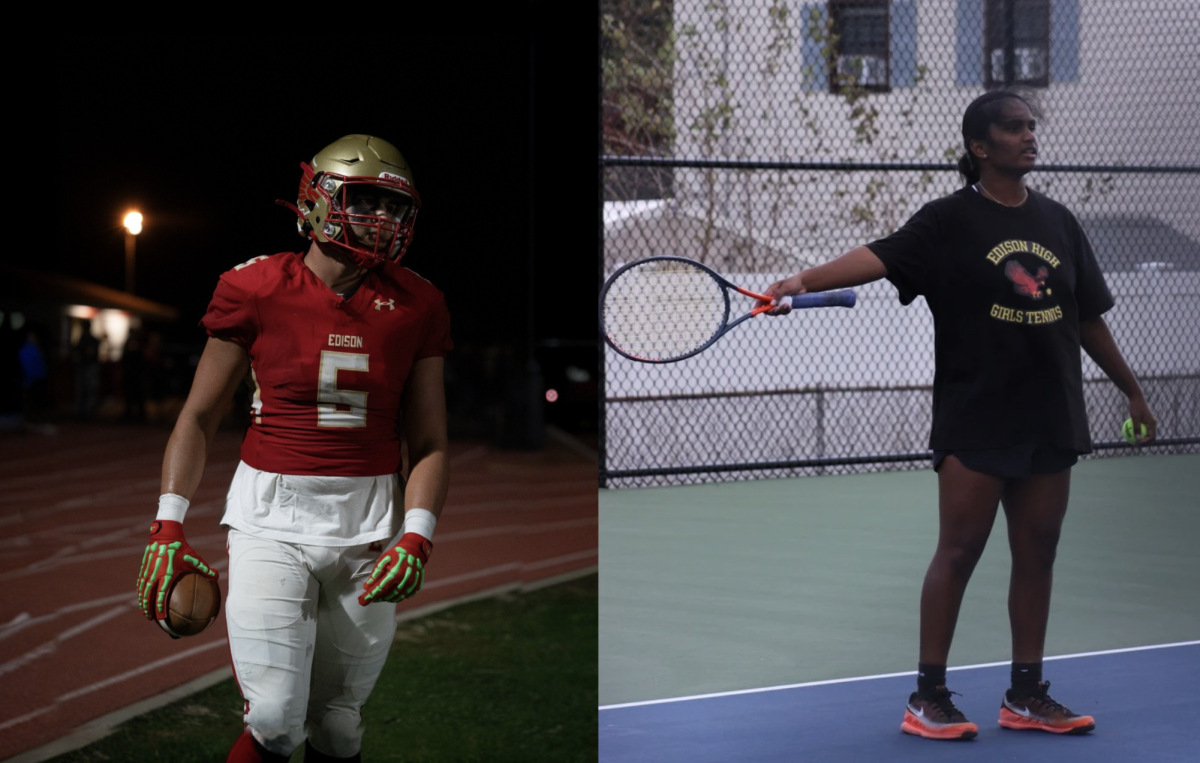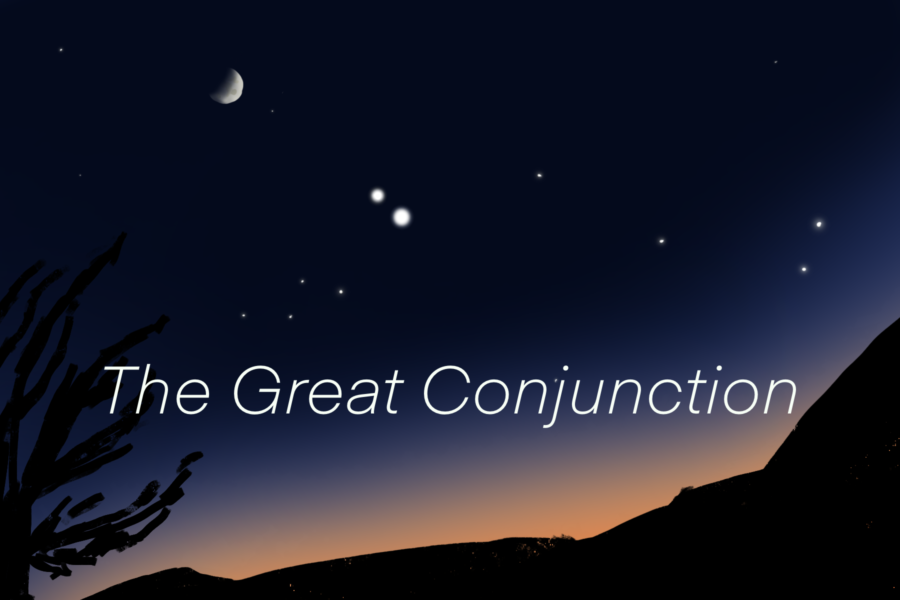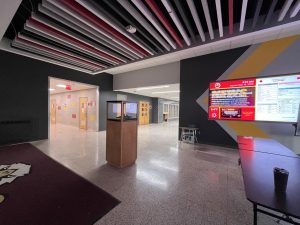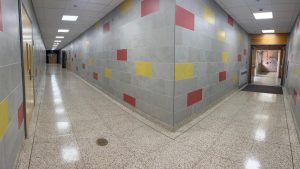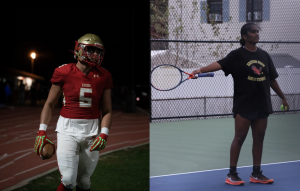The Great Conjunction Sparkles Over the Northeast
February 8, 2021
On December 21, 2020, the heavens treated Edison’s residents with the spectacle of a lifetime — two planets meeting upon Earth’s celestial sphere. Throughout the month of December, the planets Jupiter and Saturn slowly approached each other upon the skies, merging into one bright star.
This celestial handshake, known as the “Great Conjunction of 2020,” dazzled many in the scientific community and the general public alike. As such, a renewed interest for the planets that inhabit our solar system arose. What makes the Conjunction of 2020 unique in the astronomical community?
Generally, the conjunction of two planets refers to any two planets’ closest approach in a given amount of time in respect to their appearance on Earth. For Jupiter and Saturn, conjunctions occur in twenty-year cycles as they slowly move towards each other and then drift away due to different orbital speeds. For other pairs of planets, conjunctions occur at various points of the year. However, the Conjunction of 2020 bears a special uniqueness in the proximity of both planets to each other. On December 21, the two planets were visually 6 arcminutes (or one-tenth of a degree) apart in the night sky. As such, Jupiter and Saturn were indistinguishable from each other with the naked eye without a telescope. In contrast, with the use of a telescope, Jupiter and Saturn positioned themselves almost next to each other in the field of view.
Vinay Menon ‘23, a sophomore at EHS, described the experience of viewing Jupiter and Saturn through a telescope. “It was exciting to view both planets in one field of view, as the sight made the two planets look disproportionately close while also exposing their true distance from each other; it was impossible to keep both planets in focus at the same time because of the distance between them. I would never have properly acknowledged this fact without viewing the conjunction, despite its obvious nature in hindsight,” Menon said. Menon also highlights a crucial misconception: although the planets visually seemed nearby to each other, in fact they were millions of miles apart.
Given the fact the planets were in fact millions of miles apart, how did Jupiter and Saturn seemingly merge in the sky? Jeff Xie, graduate of Columbia University and an engineer at the National Aeronautics and Space Administration (NASA), explained the mechanics of the Great Conjunction.
“The planets aren’t always in the same plane relative to the Earth,” said Xie, “so it takes some good timing for the planets to be next to each other in the night sky (not to mention the planets themselves are in orbits around the Sun so they may not be in the proper positioning in the orbit to be next to each other in the night sky). The planets aren’t actually that close but are simply how they look like when you put the positions of the planets on what’s called a celestial sphere — a sphere around the Earth that emulates the night sky.” Although the planets were optically close to each other, their orbital paths never intersected. Instead, the Great Conjunction constituted a coincidence on cosmological proportions. Jupiter and Saturn came close together due to a linear line-of-sight.
Photo Credit: Ali Ahmed ’22
Such a cosmic alignment of sorts delighted viewers both in Edison and around the world. Although clouds covered most of the northeastern United States on the 21st, many briefly captured glimpses of the spectacle. Menon said that “we were able to see the planets together within a single view of the telescope during the conjunction, albeit only briefly, as we could only catch glimpses of the planets before clouds obscured them again.” Furthermore, Edison’s terrain and the abnormally early setting times for both Jupiter and Saturn complicated viewing, meaning that the conjunction was only visible for an hour after sunset. Nevertheless, many people worldwide were able to capture a glimpse of the planets before the planets set over the western horizon.
Photo Credit: Ali Ahmed ’22, Stellarium (program under GNU General Public License v.3)
Given the exceptional rarity of such a close conjunction, many see the conjunction as a pivotal astronomical event of our era, similar to astronomical events such as Comet Hale Bopp in 1997 or the transits of Venus.
“There are opportunities that come only once in a lifetime, and then there are opportunities that come only once in over five lifetimes, and this conjunction falls firmly within the latter category,” Menon said. “I am glad to be able to hold a memory which several generations before and after me could not experience.”
Indeed, the Great Conjunction of 2020 will be remembered for the next centuries as an extraordinary astronomical event, a treat from the heavens for our generation. Despite the strife humanity faces, these grandiose astronomical events remind us that the universe will continue to tick forward.
The ever-complex cosmological dance will continue to inspire humanity into the future.













